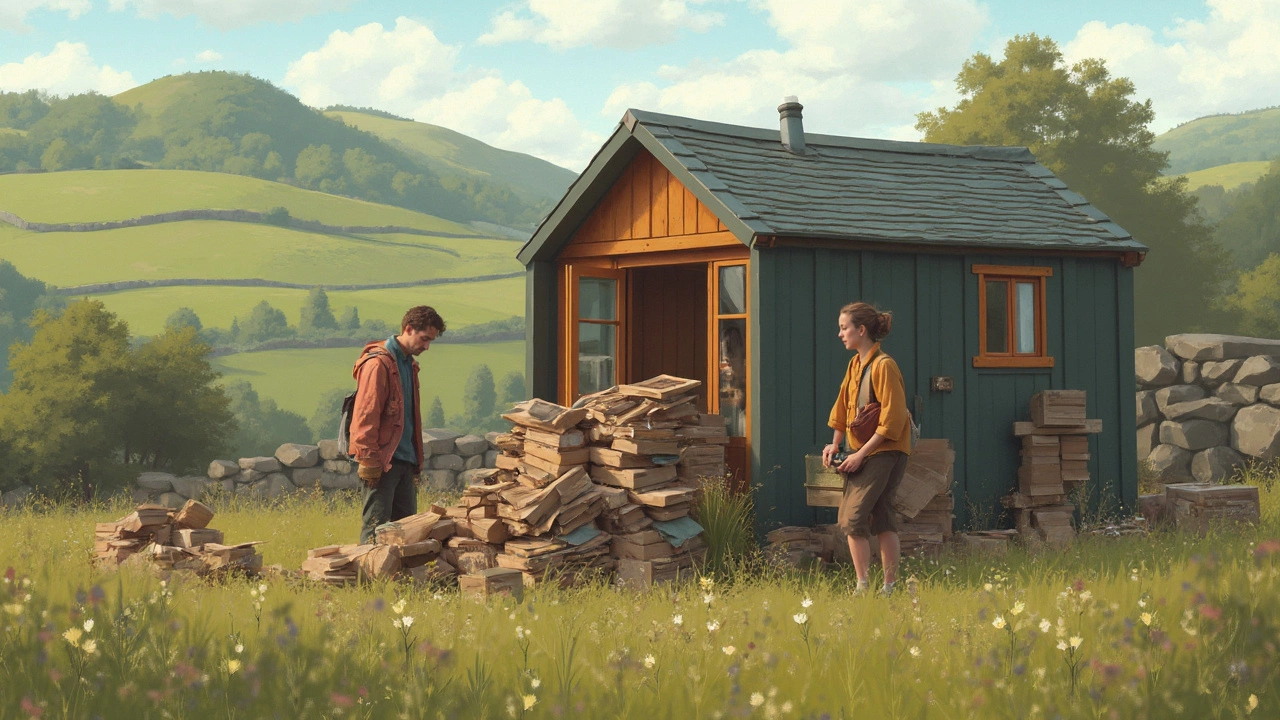Tiny Home Challenges: Real Problems and Simple Solutions
Thinking about moving into a tiny house? It sounds exciting, but the reality comes with a set of unique hurdles. From cramped closets to big‑picture budgeting, tiny living forces you to confront issues you might never have imagined. The good news is that every challenge has a workaround, and most of them are easier to manage than you think.
Common Challenges You’ll Face
1. Space feels tighter than you expect. When you shrink your square footage, every inch counts. You’ll quickly notice that a sofa doubles as a guest bed, and a kitchen counter doubles as a work surface. The key is to plan multipurpose furniture from day one.
2. Storage runs out fast. Tiny homes rarely have traditional closets. Without clever hidden compartments, you’ll end up stacking boxes in the living area. Think built‑in shelves under the stairs, pegboards for tools, and magnetic spice racks for the kitchen.
3. Utilities can be a puzzle. Wiring, water, and waste disposal need to fit into a smaller footprint. Older tiny houses sometimes rely on propane for heating, which adds safety checks. Modern builds often use solar panels, but you’ll need to size the system correctly for your power habits.
4. Weather and durability. A tiny house on wheels or a fixed tiny cottage faces different weather risks. Bad weather can expose gaps in insulation, and low‑profile roofs may collect water if not sloped properly. Regular maintenance—checking seals, cleaning gutters, and resealing wood—keeps the structure healthy.
5. Financing and resale. Banks can be hesitant to lend on a tiny property, and the resale market is still niche. Having a clear budget, documented build costs, and a solid plan for resale can soften this hurdle.
Tips to Tackle Those Challenges
Plan multipurpose zones. Sketch a floor plan that groups activities—cooking, sleeping, working—into shared spaces. A fold‑out desk that doubles as a dining table saves both time and money.
Invest in custom storage. Off‑the‑shelf solutions often waste space. Commission a carpenter to build under‑bench drawers or a wall‑mounted wardrobe that follows the house’s contours.
Choose the right utility setup early. If you go solar, calculate your daily kilowatt usage and size the battery bank accordingly. For water, a small grey‑water system can recycle sink water for garden use, cutting your bill.
Schedule regular check‑ups. Treat your tiny house like a car—inspect the roof, seams, and foundation every few months. Small leaks caught early prevent costly repairs later.
Document everything for resale. Keep receipts, photos, and a log of upgrades. Future buyers appreciate transparency, and it can boost the resale price.
Living tiny isn’t about giving up comfort; it’s about rethinking how you use space, resources, and money. By recognizing the hurdles upfront and applying these practical fixes, you’ll turn a tiny home challenge into a rewarding lifestyle choice.
